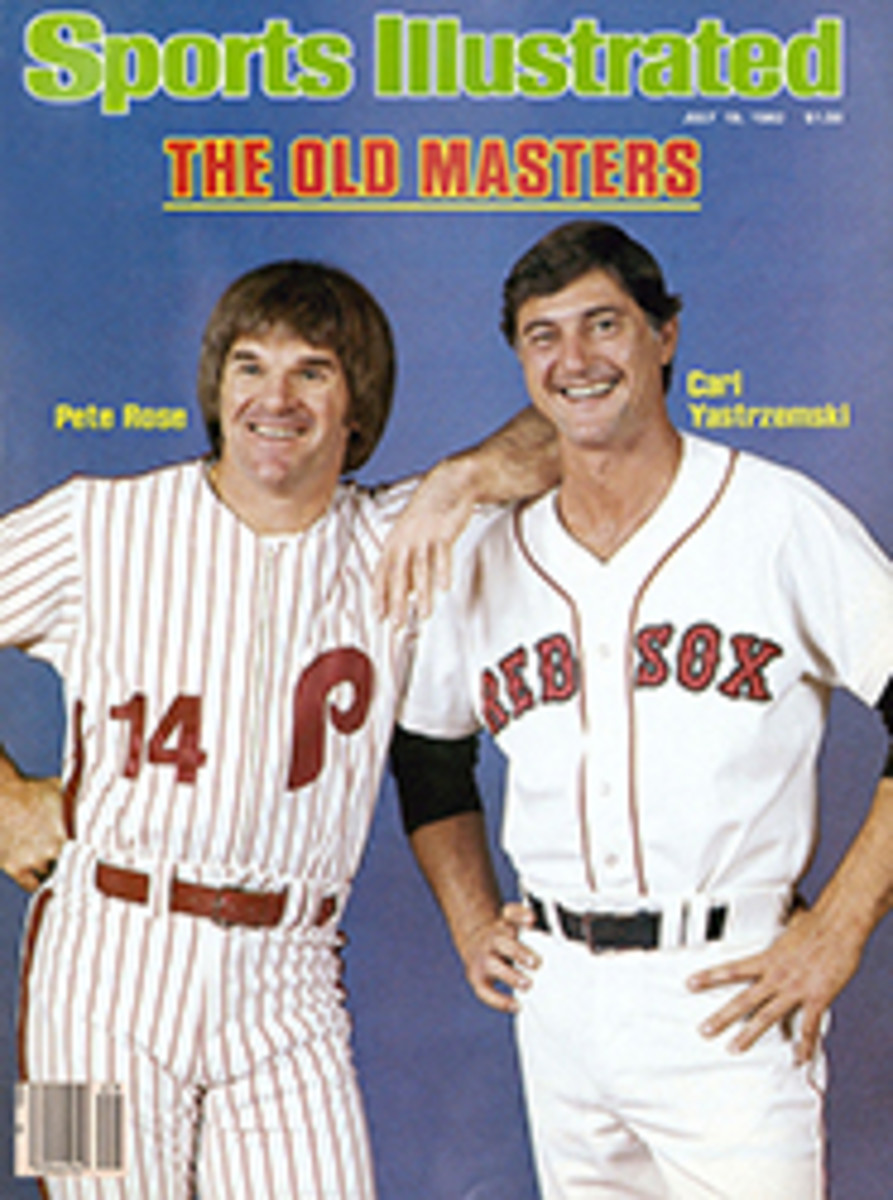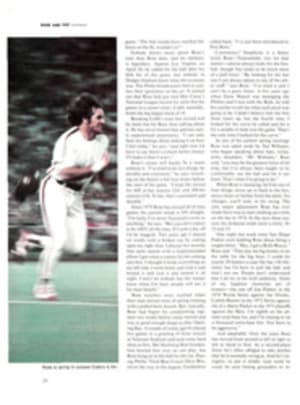
LETTER FROM THE PUBLISHER
When Associate Writer Sarah Pileggi returned to Seattle to research her opus on that robust and beautiful city (page 54), she was, in fact, digging into her own past. She was born there and spent the first four years of her life there—no more than that. Yet her early memories of Seattle, fragmented and uncertain as they are, made an extraordinary impression on her. She recalls, "My family left Seattle and moved to Los Angeles when I was four. I don't know if it's possible when you're only four, but I think now I was terribly homesick. I remember when we first got to L.A. I would sometimes pass by a low scrubby fir that someone was watering, and the cool evergreen smell reminded me so strongly of Seattle that I'd get down on my knees to get closer to it."
But Seattle meant a good deal more than the fragrance of fir to her. It had been the seat and source of her family for four generations. Pileggi's great-grandfather, Martin Dickerson Ballard, first ventured on horseback to the Pacific Northwest from his home in Iowa in 1852 at the age of 22. After 12 years of mining, running pack trains and fighting the Indian wars, he returned to Iowa, married and went into the hardware business. But in 1877 he was on his way West again, this time to Albany, Ore., where he acquired (some say won) a grain elevator and established the Red Crown Flouring Mills.
In 1882 Ballard moved on to Seattle, a frontier town still, but one with big aspirations. There he founded a hardware store that soon became the Seattle Hardware Company, a business that prospered thanks to Seattle's booming growth in the '80s and, later, the Klondike Gold Rush of 1897. In fact, when a huge fire swept Seattle in 1889, wiping out most of the commercial district, including Seattle Hardware, only 48 hours passed before everybody was back in business, operating from a small city of tents. Family legend has it that M.D.'s young son, Roy, Pileggi's grandfather, was sitting in school when the fire set off the ammunition at Seattle Hardware, and he jumped out a window to see what was going on.
"In those days," Pileggi says, "young men were expected to go West. Some were suited to it, some weren't. Martin Dickerson Ballard definitely was."
Today the Seattle Hardware Company building still stands, as do several other landmarks of Pileggi's past, including, even, M.D. Ballard's big white house on Queen Anne Hill, although it has been divided into apartments and condominiumized.
Pileggi's brother, Jon Ballard, is the only one of M.D.'s descendants in Seattle now—a cyclist, sailor, skier, tennis player and distance runner who typifies the vigorous people who cannot resist Seattle's sporting lure. "But even with the other relatives gone," says Pileggi, "Seattle still feels more like home than most places I've lived. I guess that's a kind of displacement felt by a lot of Californians. 'Deracination' is a word another Californian, Joan Didion, made chic a few years ago. We feel rootless, so we identify with the place our parents came from. I've lived in New York for 20 years now, and I like it a lot—that fact alone probably makes me about as deracinated as you can get. But with a place like Seattle to fall back on, that's not all bad."
PHOTO
PILEGGI: YOU CAN TOO GO HOME AGAIN

